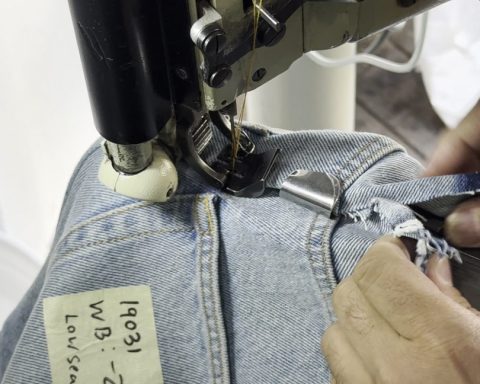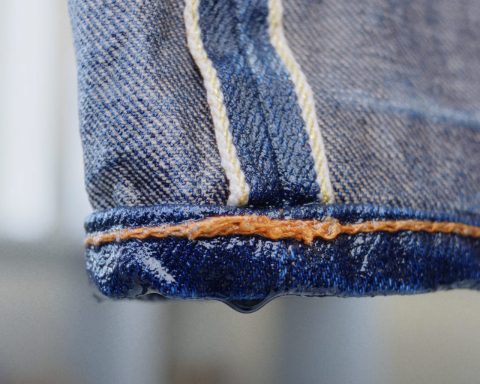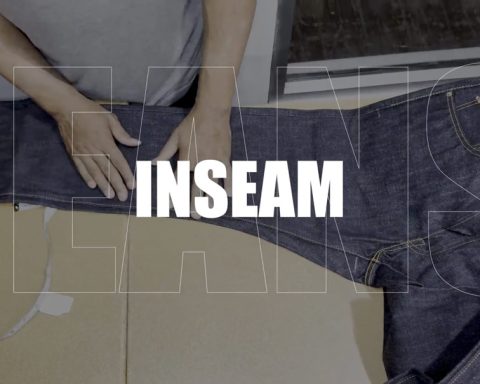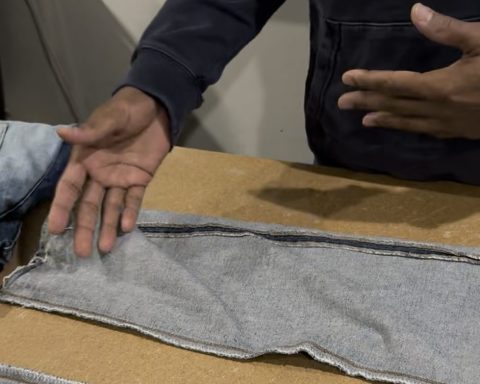If you’ve ever typed how to take in the waist of jeans into Google, you’ve probably seen a lot of DIY tricks—some good, some pretty questionable. But here’s the thing: there’s a world of difference between a quick fix at home and
Read More →The first brand in our new lineup was TCB Jeans, a company out of Kojima, Japan that builds its reputation on craftsmanship, historical research, and dedication to the original spirit of American denim.
Read More →The leg opening measurement is a critical factor in how your jeans fit over your shoes and shape your overall look. Whether you’re shopping online, comparing styles, or getting your jeans tapered, knowing how to measure the leg opening properly ensures accurate
Read More →Washing raw denim has long been a topic of debate. Some purists believe in waiting as long as possible, while others argue that washing enhances the fabric’s character. But knowing how to wash raw denim jeans properly can make all the difference
Read More →When it comes to buying jeans—especially online—getting the right inseam measurement is crucial for a proper fit. Whether you’re checking your size before ordering, comparing different brands, or preparing for hemming, measuring the inseam correctly ensures you won’t end up with jeans
Read More →Got a twisted leg on your jeans? If one leg seam always seems to drift to the front or back, you’re dealing with a classic issue called “leg twist.” It’s a common problem in denim, often caused by fabric shrinkage or improper
Read More →






